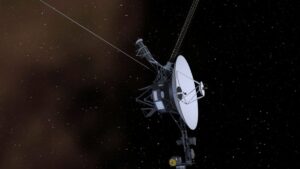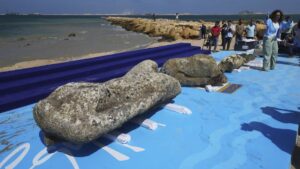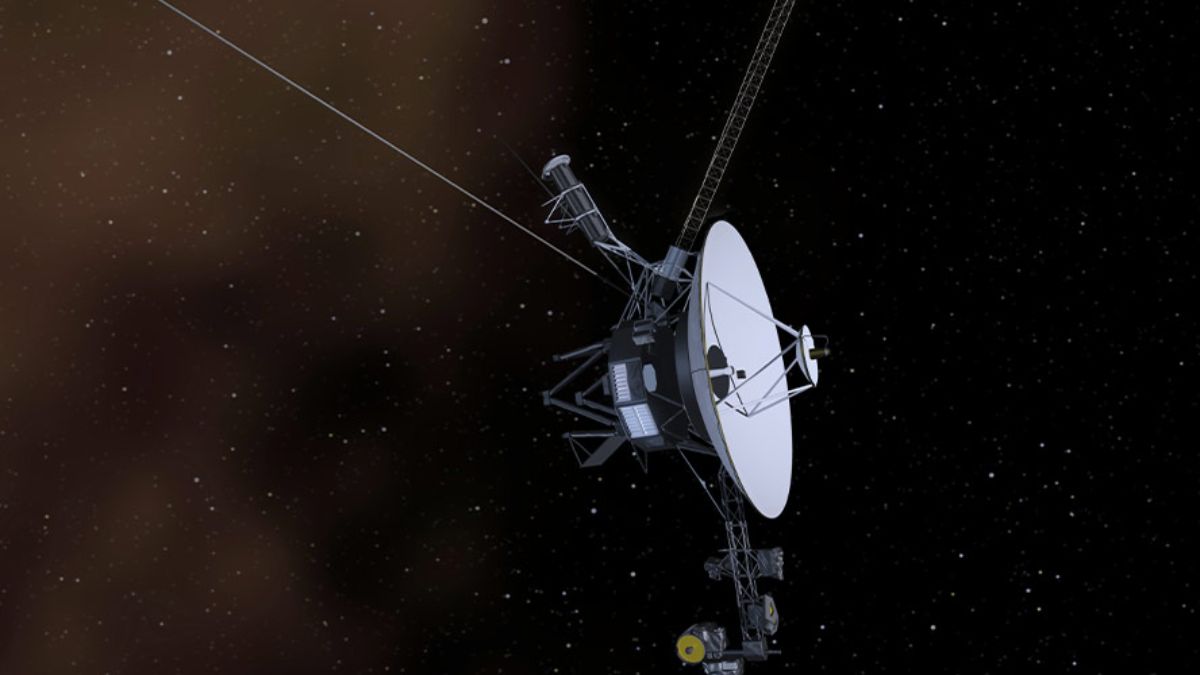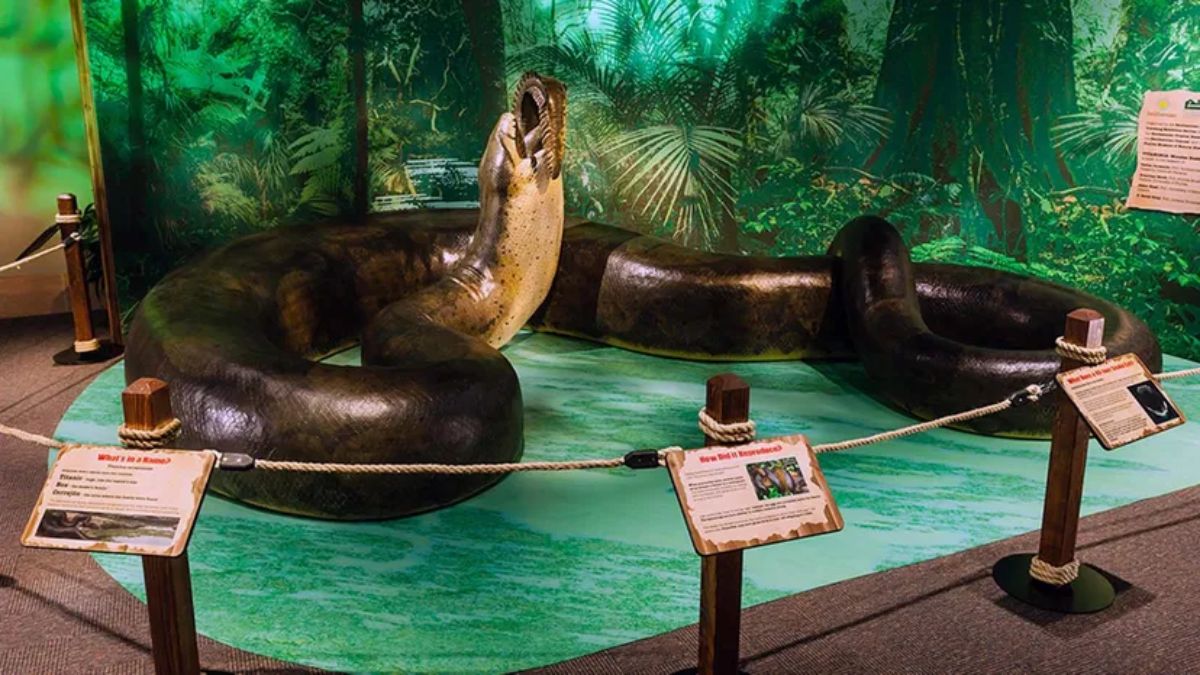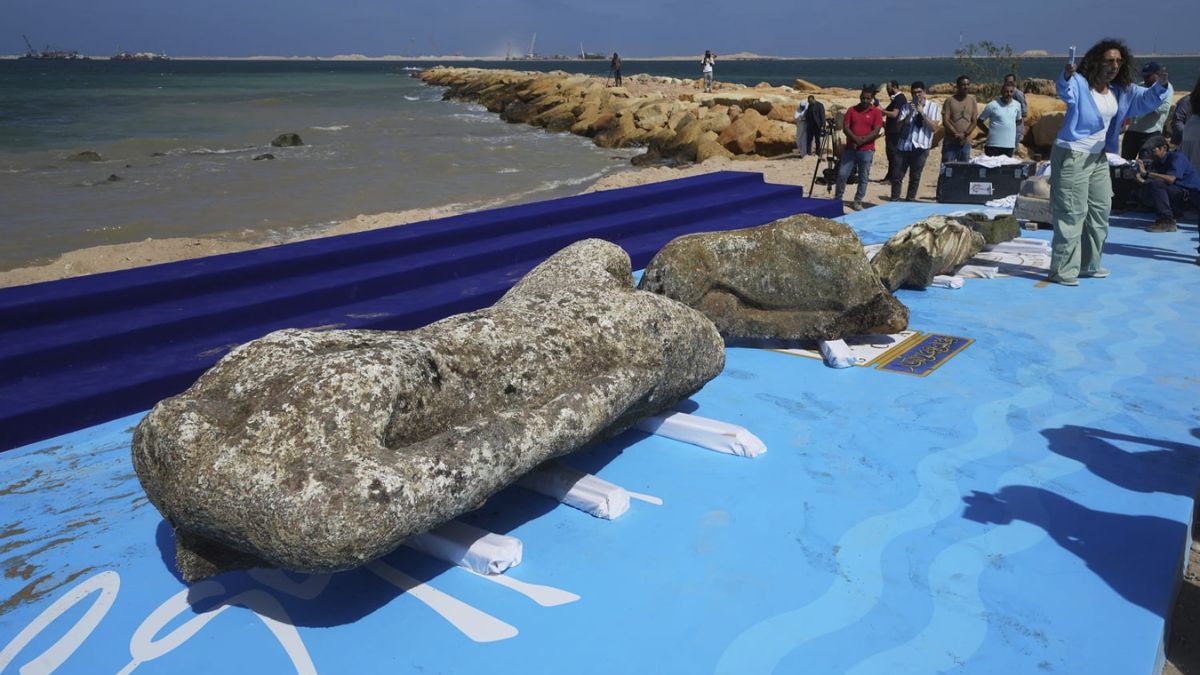Mars has always captured human curiosity. From ancient alien theories to high-tech exploration, the red planet is our cosmic obsession. One of the wildest ideas? That Mars was once home to a civilization destroyed by nuclear war. Sounds like something out of a sci-fi movie, right? But some people truly believe it—and for decades, this theory has made headlines.
Table of Contents
Now, let’s cut into the myth, the science behind it, and what NASA’s latest findings actually reveal about our mysterious neighbor.
Origin
The idea of an ancient nuclear war on Mars dates back to 1976, when NASA’s Viking 1 spacecraft took a photo of the “Face on Mars” in the Cydonia region. The image looked eerily like a human face, leading some to believe it was artificial.
At the same time, Viking’s instruments detected strange levels of xenon-129 in the Martian atmosphere. This isotope is linked to nuclear explosions on Earth, so naturally, speculation exploded.
One scientist, John Brandenburg, became the theory’s most vocal supporter. He claimed the high concentrations of uranium, thorium, and potassium found on Mars could be evidence of nuclear detonations that wiped out two ancient civilizations: the Cydonians and Utopians.
A wild theory, but let’s see what science says.
Illusion
First things first: NASA has officially debunked the Face on Mars. Later missions, especially the Mars Global Surveyor in 2001, took higher-resolution images of the same hill. The result? It was just a rocky formation and a trick of light and shadow—an example of pareidolia, where our brains see familiar shapes (like faces) where none actually exist.
Take a look at the difference between the two images:
| Year | Image Source | Description |
|---|---|---|
| 1976 | Viking 1 Orbiter | Low-res image, face-like shadow |
| 2001 | Mars Global Surveyor | High-res, shows rocky hill |
The mystery vanished with better tech.
SAM
NASA’s Curiosity rover, which has been on Mars since 2012, is equipped with the SAM (Sample Analysis at Mars) instrument. For over a decade, it has studied the air, rocks, and soil. The verdict? Between 65% and 80% of the Martian atmosphere was lost—not due to war, but due to solar wind.
Mars once had a magnetic field, like Earth. But when it vanished, the atmosphere had nothing to shield it. The result? Solar radiation slowly stripped it away over billions of years, leaving behind a dry, cold planet with a thin atmosphere.
Radiation
So what about the uranium and thorium? Those elements were indeed detected by NASA’s Mars Odyssey orbiter, but they’re naturally found in basaltic lava flows, not as leftovers from explosions.
If you’re looking for a real-world comparison, Earth has a natural reactor too—the Oklo reactor in Gabon, Africa. It reached nuclear fission naturally 1.7 billion years ago.
But for that to happen, you need a lot of liquid water over time to moderate the reaction. Mars hasn’t had enough water for long periods, so the idea of natural or artificial fission on that scale doesn’t hold up.
Myth
Still, the myth refuses to die. Blurry photos, misleading headlines, and the internet’s love for conspiracy theories keep it alive. The thought of ancient Martians blowing themselves up makes for great sci-fi—but not solid science.
NASA and peer-reviewed studies repeatedly emphasize that the “evidence” is either misinterpreted or caused by natural geological processes.
Mars’s Past
Now, here’s what is fascinating: Mars was once wet, warm, and potentially habitable. Around 3.5 billion years ago, the planet had:
- Rivers and lakes
- A thick atmosphere
- Possibly even oceans
Its red color comes from iron oxide, basically rust, coating its surface. Mars also has enormous volcanoes, like Olympus Mons, the largest in the solar system.
But over time, climate changes and the loss of its magnetic field turned Mars into the dry, dusty world we see today.
Search
The search for past life isn’t over. Missions like ExoMars and Mars Sample Return are being developed to bring back sealed rock samples from areas where ancient water once flowed.
Rather than looking for war zones, scientists are now focused on finding biosignatures—chemical signs that microscopic life might have once existed.
The real story is one of slow planetary change, not instant destruction.
Curiosity
NASA’s Curiosity and Perseverance rovers continue to look into Mars, sending back data that helps piece together the planet’s history. Every rock they scan and sample is another clue about what Mars used to be—and what it might still hold beneath its surface.
So, is Mars hiding the ruins of a lost civilization? Highly unlikely. But could it hold the secrets to ancient microbial life? That’s much more plausible—and way more exciting for science.
FAQs
What is the Face on Mars?
A hill in Cydonia that looks like a face due to light angles.
Did Mars have a nuclear war?
No, NASA says there’s no scientific proof of that.
What happened to Mars’s atmosphere?
It was stripped away by solar wind over time.
Are uranium and thorium natural on Mars?
Yes, they match lava flows, not nuclear activity.
Is NASA still searching for life?
Yes, using missions like ExoMars and Mars Sample Return.


